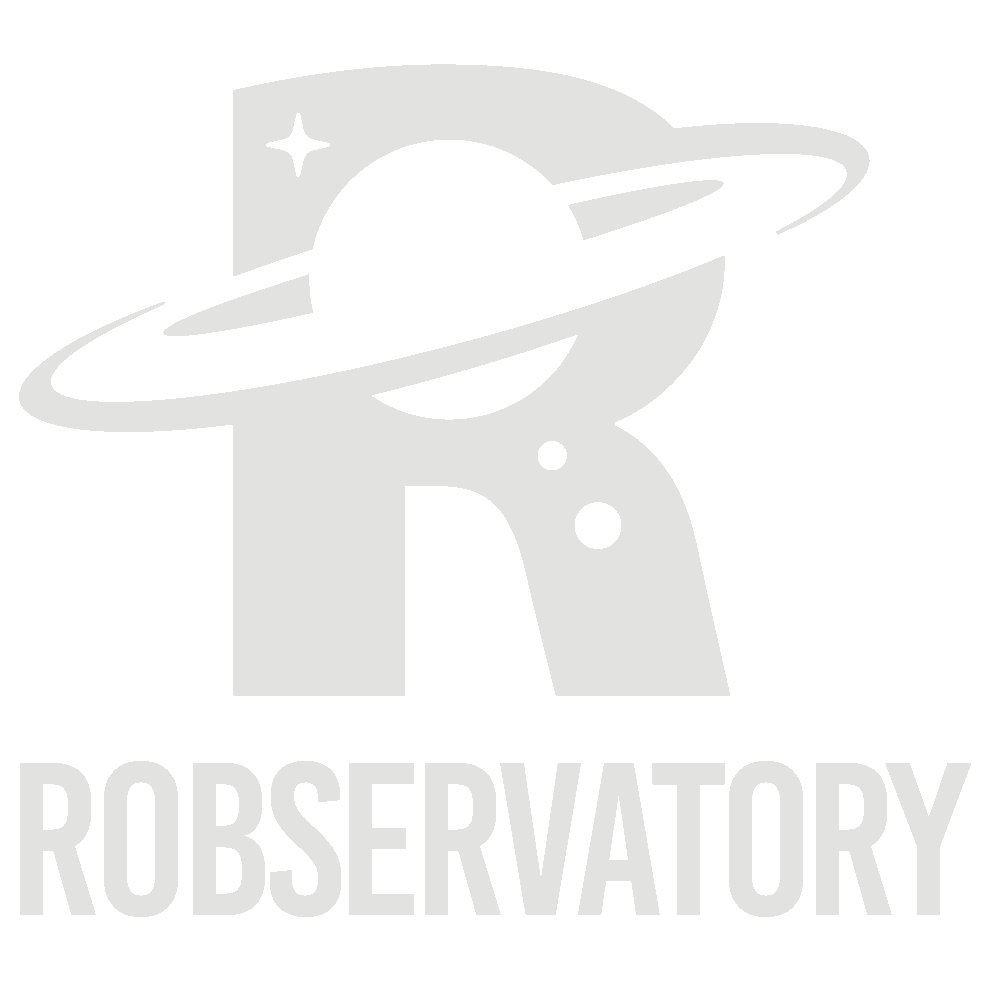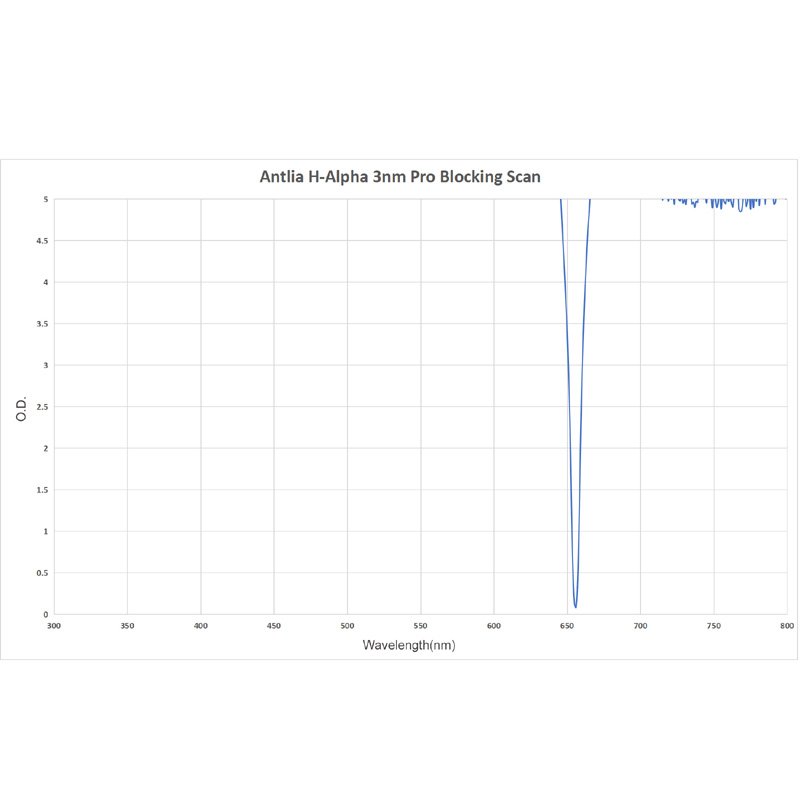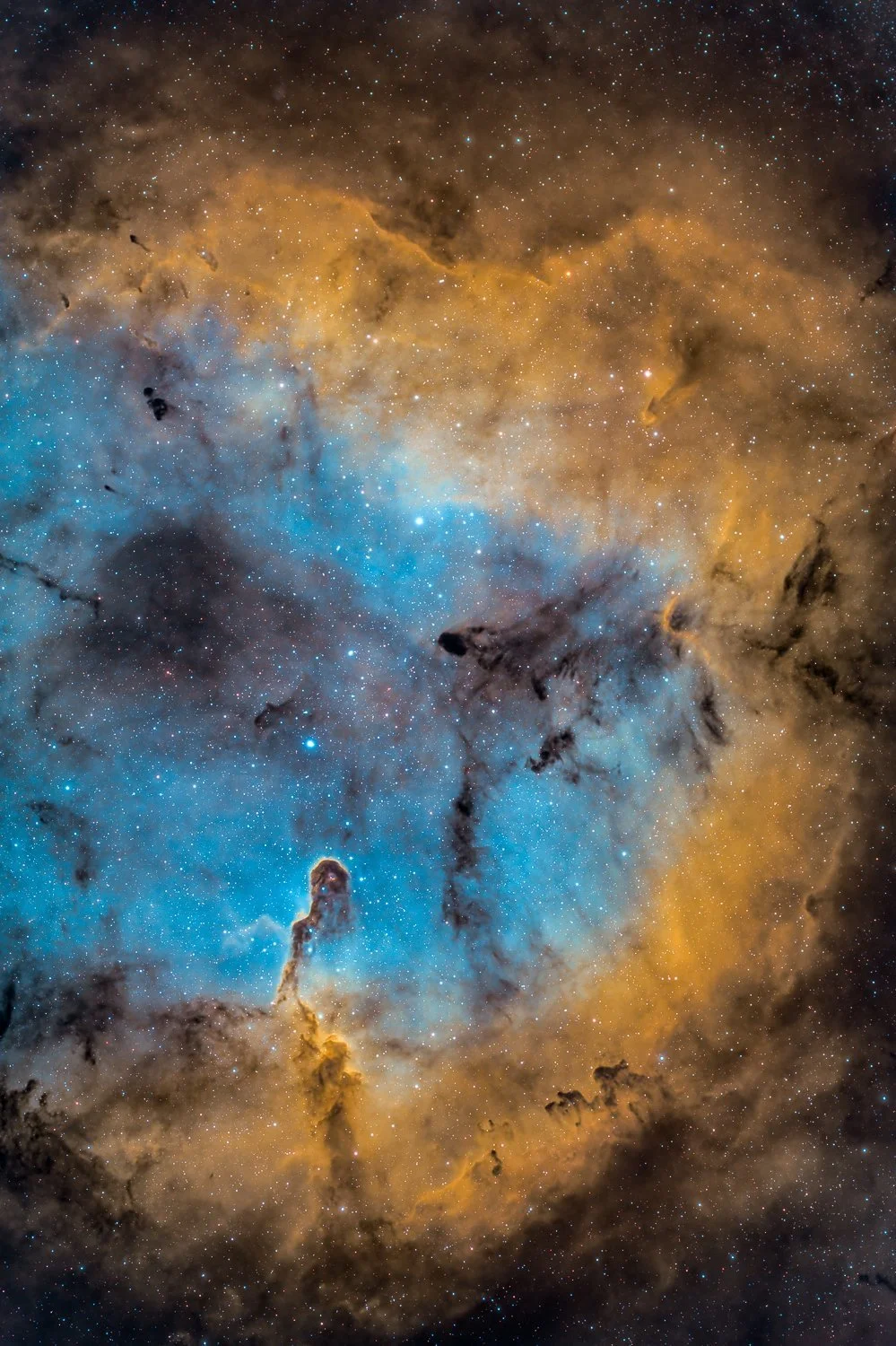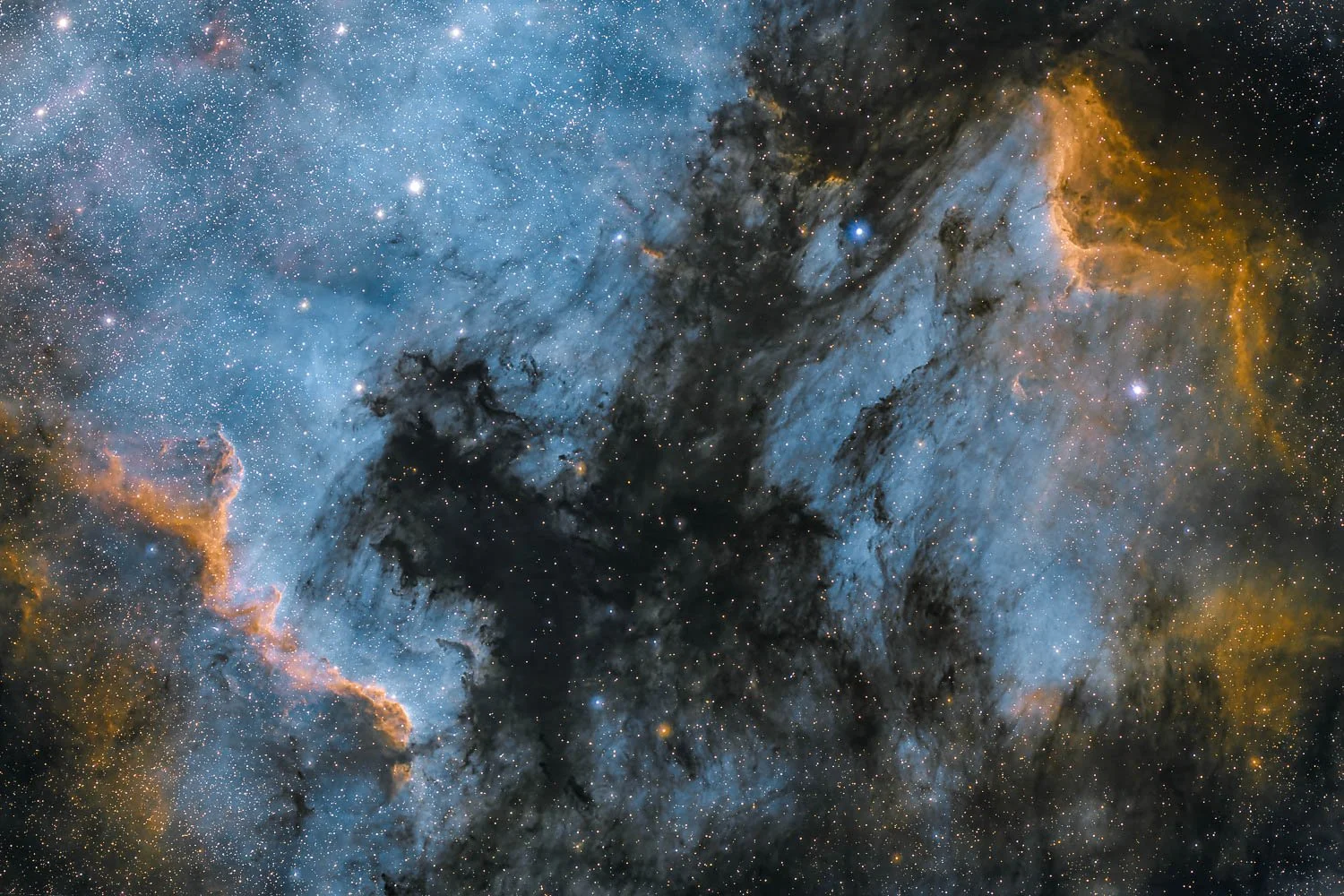Antlia 3nm Pro Filters Review
The choice of filters for astrophotography has absolutely exploded over the past several years. First it was a wave of dual narrowband filters from multiple manufacturers which offered OSC shooters a whole new way of imaging the night sky. Now, in 2022, we have a new wave of ultra narrowband filters hitting the market at much lower costs than seen previously. Here is my video review of the new Antlia 3nm Pro narrowband filters, but I’ll also write a short review of the filters here if you don’t want to watch a 20 minute long video, it’s ok I understand.
Narrowband filters are exactly what the name implies, they allow a narrow bandpass of light through the filter and reject all the different wavelengths of light outside of that narrowband. Each of the three narrowband filters focusses on a different emission line of light that is specific to the gasses that make up the beautiful nebulae seen in the night sky. These three emission lines are hydrogen alpha, sulfur II, and Oxygen III, and when hit with intense ionizing radiation from bright nearby stars they emit light in very specific wavelengths. hydrogen alpha appears red at 656.3nm, as does sulfur II at 671.6nm, and oxygen III at 500.7nm appears as teal, a mix of green and blue. By using filters to zero in on these very specific emission lines we are able to take images of these emission nebulae with amazing results, even from an extremely light polluted sky such as the centre of a city, or on a night with a full moon.
A graphic showing the small sliver of light allowed through the filter at the very specific light emission line given off by hydrogen alpha.
Narrowband filters have been available for a long time, but historically filters as narrow as 3nm have been extremely expensive, so these new filters by Antlia are a game changer. I have been using entry level 7nm filters by ZWO up until now and they have performed very well, but as we progress in this amazing hobby we are always looking for ways to step things up. Astrophotography is extremely expensive and there is literally no limit to have much you can spend on a good setup, so if there are products that can offer good bang for the buck we need to embrace them. For context my original 7nm ZWO filters cost $369 USD for the set of three, and my new Antlia 3nm Pro filters cost $838 USD for the set. A set of high end Astrodon filters costs over $2000 USD, so there is clearly a low, middle, and high end in the market. Companies like Antlia and Optolong are offering what traditionally was only available in the high end for much lower prices, but how do they perform?
Above we have the Elephant Trunk Nebula shot with 3nm filters on the left and 7nm filters on the right. You can see that the 3nm filters have created an image with finer detail due to their improved contrast and signal to noise ratio. They are also able to capture more of the faint areas of the nebula to tease out even more colour than the 7nm filters.
A two panel mosaic of the Sadr region shot with the Antlia 3nm Pro filters.
For me the improvement in image quality is very apparent and the extra cost of the Antlia 3nm Pro filters is worth every penny. I live in a Bortle 8/9 zone, so I need to use every trick in the book to make astronomy images from my location. If you live under pristine dark skies then you will not see as drastic of an improvement by using filters with a narrower bandpass due to the lack of light pollution.
As far as performance goes, these filters have been absolutely admirable. I have both the narrowband and broadband filters by Antlia and have found that they seem to be parfocal, but I need to do more testing in that area. For broadband imaging I only focus my Luminance filter and find that RGB are all in focus with the Antlia set, so they are parfocal enough for my needs. With the narrowband set I only shoot one filter per night without switching, so I can’t comment on how parfocal they are, this would also depend on your telescope and how well it focusses the different colours of light. My Redcat 51 appears to focus blue slightly differently than red and green despite being sold as apochromatic.
The North America and Pelican Nebulae with Antlia 3nm Pro filters.
As far as halos go I haven’t had any issues yet, but we all know the real test will come this winter when I shoot the Horse Head nebula and the bright star, Alnitak, the real test of any imaging train. These filters have been great with my Redcat 51 for halos, and I will soon test them on my new 150mm newtonian where they should perform even better. Halos aren’t just due to your filters, the whole imaging train comes into play, so your telescope, adapters, coma correctors etc will all determine whether you experience halos or not. From my research it seems that halos are well controlled with Antlia filters, not just these 3nm Pro filters but even with their new ALP-T duo narrowband filter for colour cameras. All around these filters have exceeded my expectations in their performance and I have no complaints at this time.
So who are these filters for? Anyone who suffers from light polluted skies will benefit from upgrading to 3nm filters, they will cut out more of the light pollution from artificial lighting, skyglow, and the moon. This benefit will be most evident in the oxygen iii filter because it is the most susceptible to light pollution. If you’re on a tight budget upgrading just your OIII filter to 3nm would make a big difference in your images. These Antlia filters are perfect for anyone looking to improve their imaging but can’t justify the cost of either an Astrodon or Chroma 3nm set of filters. I haven’t personally used the Astrodon or Chroma filters, but can say that I am completely satisfied by these Antlia filters and look forward to using them for years to come with several of my telescopes. I have no problem at all stating that these filters are highly recommended to any of my fellow astrophotographers looking to improve their craft.





